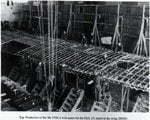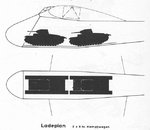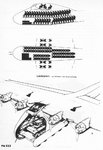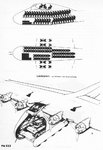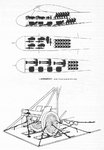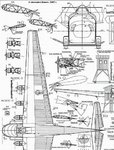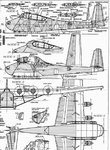A4K
Brigadier General
G'day !
I've already asked this question on another of these forums, but I ask it again here in the hope that someone can help.
Does anyone have any information and /or photos regarding the internal wing structure of the Me 321/ 323 as visible within the fueslage- specifically, was the wing structure 'open' and visible within the fueslage, or covered, ie. built as a one piece wing and then attached to the fueslage ?
I'm building the Italeri 1:72 Me 323D-1 kit at the moment, and they have moulded it as a solid wing, yet if soldiers could be carried seated in a two-tier arrangement, then this area must have either been open, or had removable panels (or maybe they just stripped the canvas ?)
The internet seems sadly lacking in structural info on many of the german types.
Any info on the cockpit would be appreciated also, as the only pictures I have of this area are from a computer-game site I found (although it seems to be fairly comprehensive - I can only presume they had access to some good reference photos)
Cheers!
I've already asked this question on another of these forums, but I ask it again here in the hope that someone can help.
Does anyone have any information and /or photos regarding the internal wing structure of the Me 321/ 323 as visible within the fueslage- specifically, was the wing structure 'open' and visible within the fueslage, or covered, ie. built as a one piece wing and then attached to the fueslage ?
I'm building the Italeri 1:72 Me 323D-1 kit at the moment, and they have moulded it as a solid wing, yet if soldiers could be carried seated in a two-tier arrangement, then this area must have either been open, or had removable panels (or maybe they just stripped the canvas ?)
The internet seems sadly lacking in structural info on many of the german types.
Any info on the cockpit would be appreciated also, as the only pictures I have of this area are from a computer-game site I found (although it seems to be fairly comprehensive - I can only presume they had access to some good reference photos)
Cheers!

